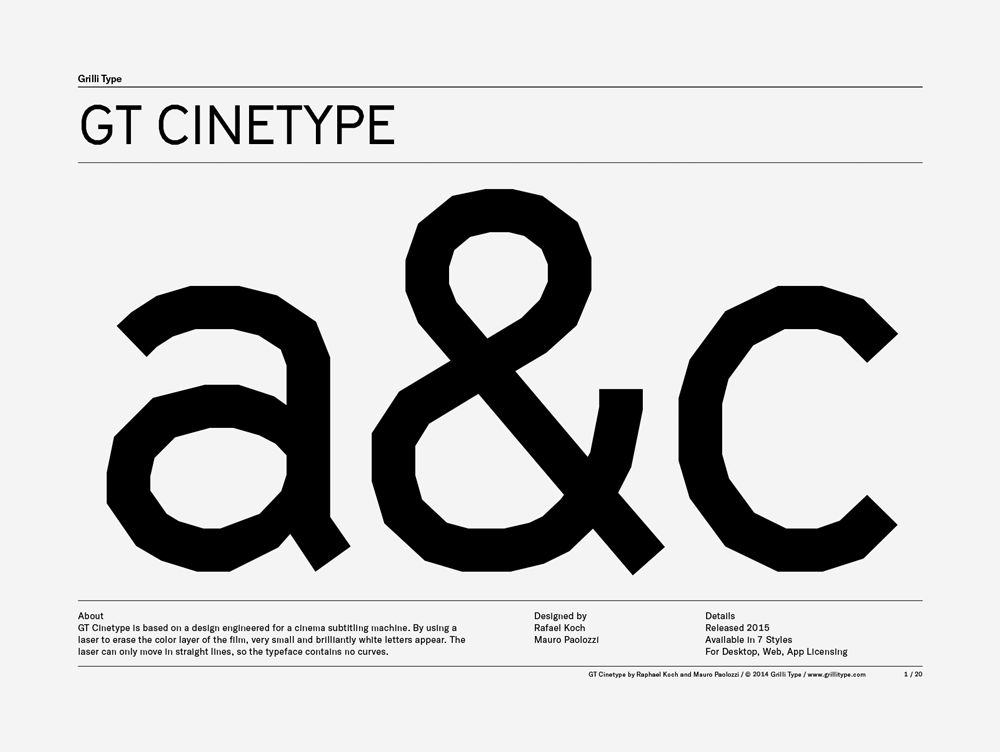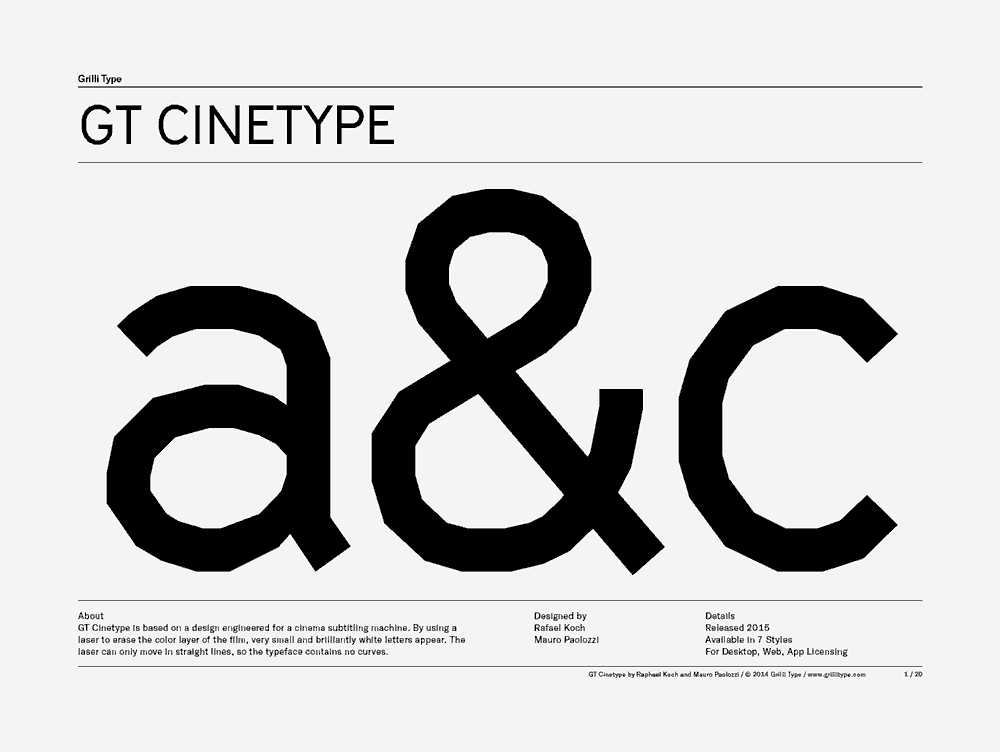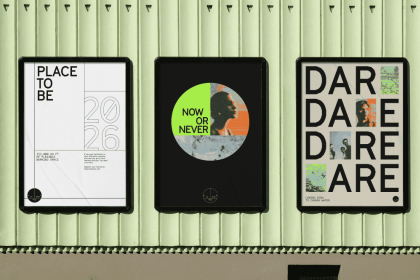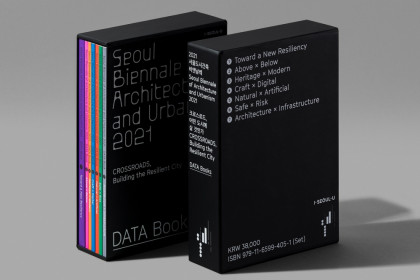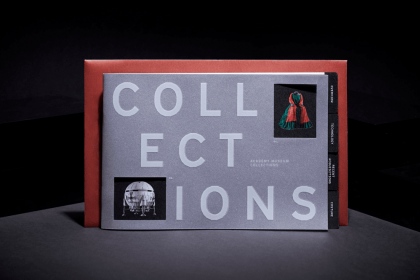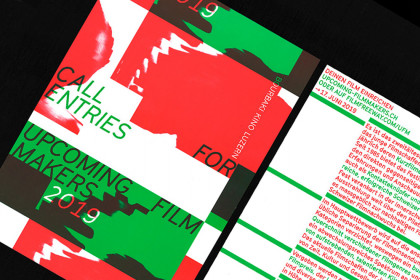GT Cinetype
Family overview
- Light Italic
- Regular Italic
- Bold Italic
- Mono
- LightNight of the Living Dead 1968 by George A. Romero with Duane Jones, Judith O’Dea, Karl Hardman
- Light ItalicTroll 2 1990 by Claudio Fragasso with Michael Stephenson, George Hardy, Margo Prey
- RegularWrath of Khan 1982 by Nicholas Meyer with William Shatner, Leonard Nimoy, DeForest Kelley
- Regular ItalicThey Live 1988 by John Carpenter with Roddy Piper, Keith David, Meg Foster
- BoldCidade de Deus 2002 by Fernando Meirelles & Kátia Lund with Alexandre Rodrigues, Matheus Nachtergaele, Leandro Firmino
- Bold ItalicEternal Sunshine of the Spotless Mind 2004 by Michel Gondry with Jim Carrey, Kate Winslet, Tom Wilkinson
- MonoEternal Sunshine of the Spotless Mind 2004 by Michel Gondry with Jim Carrey, Kate Winslet, Tom Wilkinson
- Settings
Typeface information
GT Cinetype is based on a design engineered for a cinema subtitling machine. By using a laser to erase the color layer of the film, very small and brilliantly white letters appear. The laser can only move in straight lines, so the typeface contains no curves.
Typeface features
OpenType features enable smart typography. You can use these features in most Desktop applications, on the web, and in your mobile apps. Each typeface contains different features. Below are the most important features included in GT Cinetype’s fonts:
- CASE
- Case sensitive forms
(ROBOCOP)
- ONUM
- Oldstyle figures
10.03.1985
Typeface Minisite
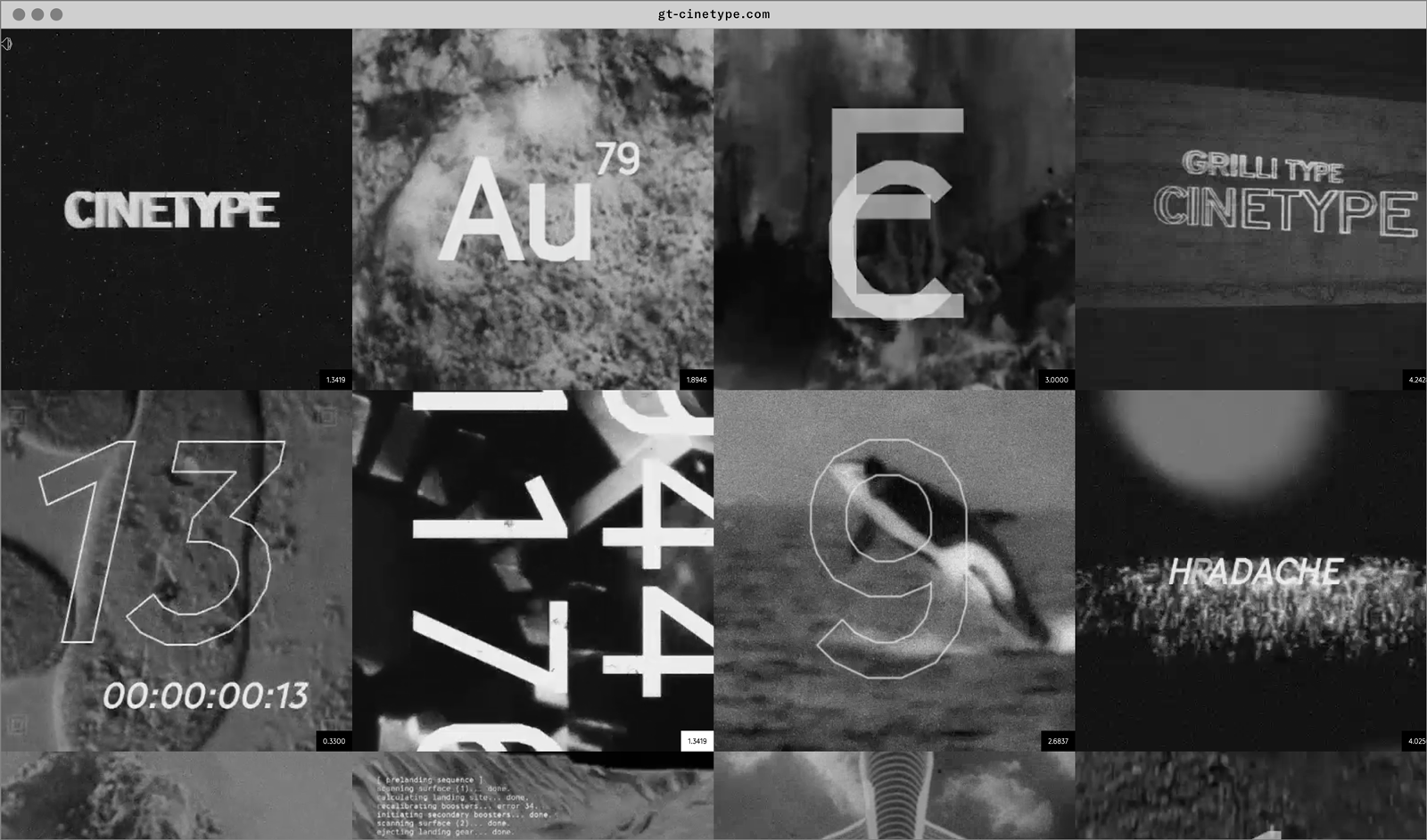
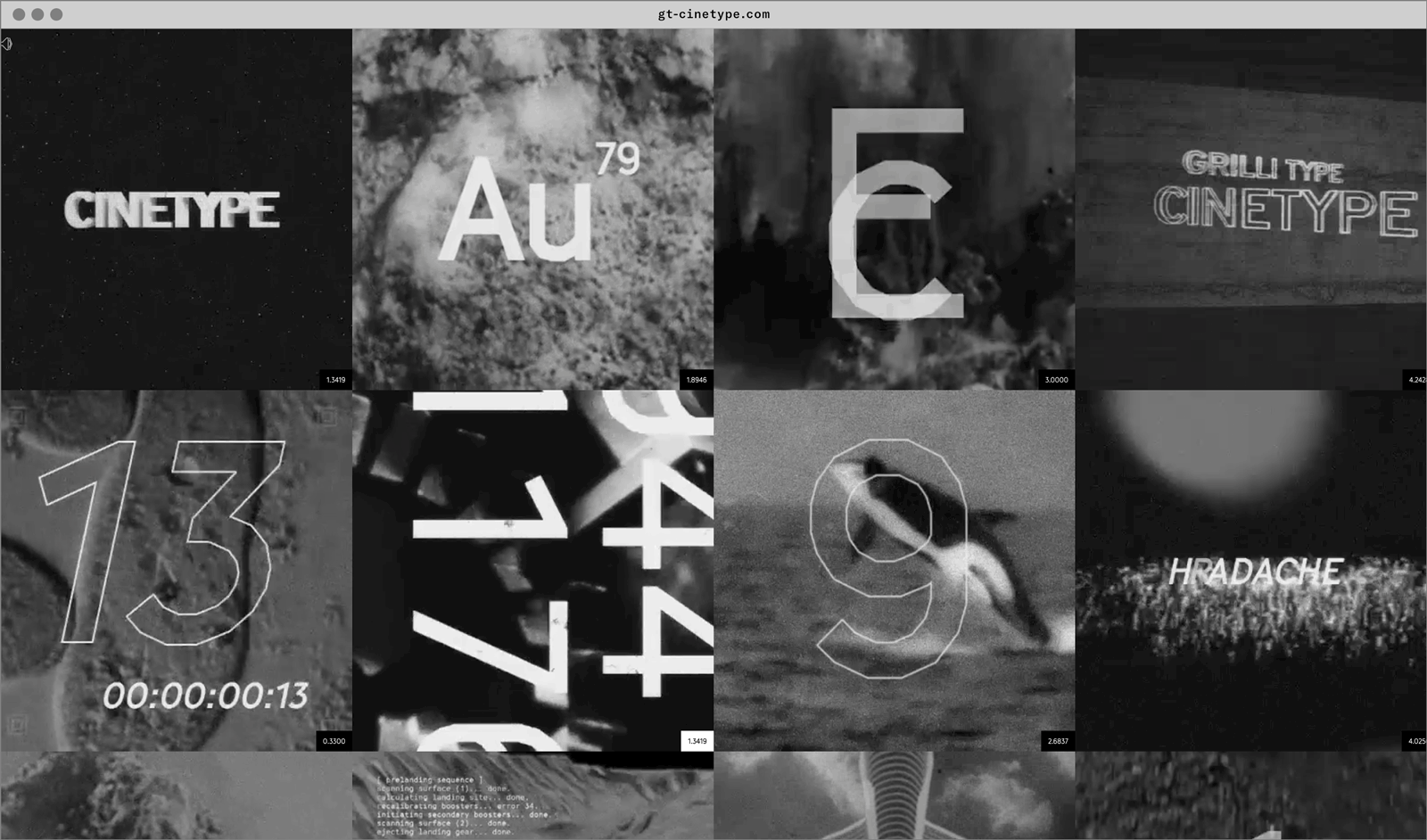
- Visit the GT Cinetype minisite to discover more about the typeface family’s history and design concept.
GT Cinetype in use
